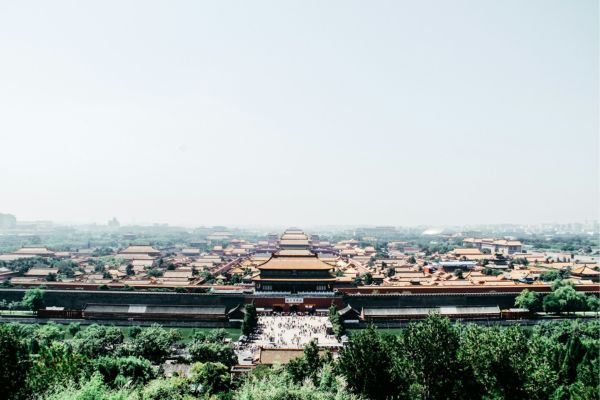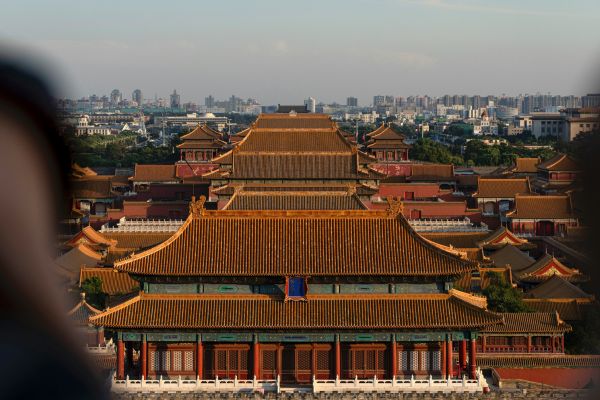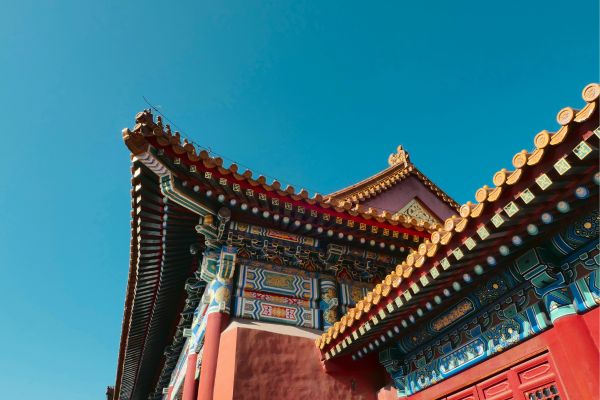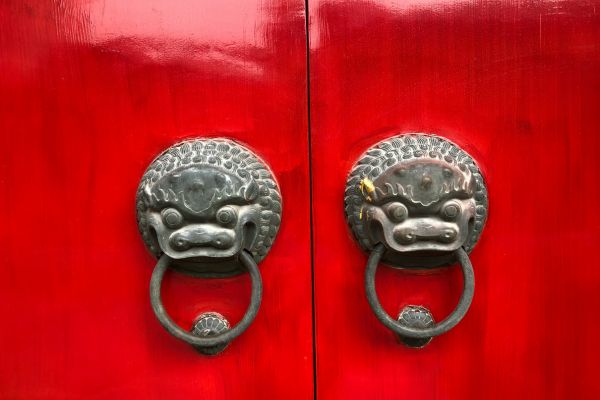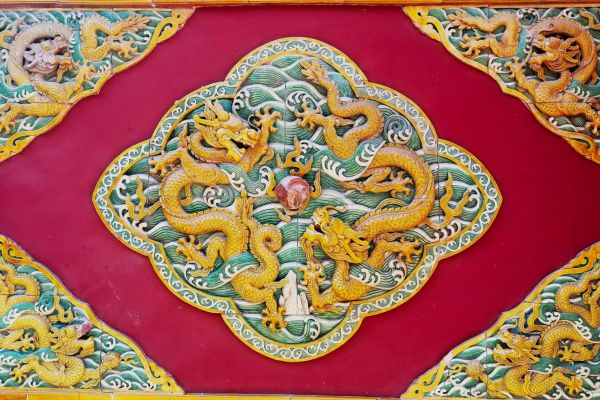
The Copyright Law of China was enacted in 1990, which has been amended respectively in 2001, 2010, and 2020, and the latest revision(2020) came into force on 1 Jan. 2021.
The Copyright Law consists of 67 articles, including the following core provisions:
I. What kinds of works can be protected by Copyright Law?
For the purpose of this Law, works shall refer to original intellectual achievements in the fields of literature, art and science that can be expressed in a certain form, including(Article 3):
(1) written works;
(2) oral works;
(3) musical, dramatic, quyi(melodious art), choreographic and acrobatic works;
(4) works of fine art and architecture;
(5) photographic works;
(6) audio-visual works;
(7) drawings of engineering designs, and product designs; maps, sketches and other graphic works and model works;
(8) computer software;
(9) any other intellectual achievements that meet the characteristics of the work.
II. What rights does the copyright owner enjoy?
The term "copyright" shall include the following personality rights and property rights (Article 10):
(1) the right of publication, that is, the right to decide whether to make a work available to the public;
(2) the right of authorship, that is, the right to claim authorship and to have the author's name mentioned in connection with the work;
(3) the right of alteration, that is, the right to alter or authorize others to alter one's work;
(4) the right of integrity, that is, the right to protect one's work against distortion and mutilation;
(5) the right of reproduction, that is, the right to produce one or more copies of a work by printing, photocopying, lithographing, making a sound recording or video recording, duplicating a recording, duplicating a photographic work, digitizing or by any other means;
(6) the right of distribution, that is, the right to make available to the public the original or reproductions of a work through sale or other transfer of ownership;
(7) the right of rental, that is, the right to authorize, with payment, others to temporarily use the original or copy of audio-visual works and computer software, except any computer software that is not the main subject matter of rental;
(8) the right of exhibition, that is, the right to publicly display the original or reproduction of a work of fine art and photography;
(9) the right of performance, that is, the right to publicly perform a work and publicly broadcast the performance of a work by various means;
(10) the right of showing, that is, the right to show to the public a work of fine art, photography, cinematography and audio-visual works;
(11) the right of broadcasting, that is, the right to publicly transmit or retransmit a broadcast work by wire or wireless means, and to communicate to the public a broadcast work by a loudspeaker or by any other analogous tool used to transmit symbols, sounds or pictures, excluding the right of communication of information on networks;
(12) the right of communication of information on networks, that is, the right to communicate to the public a work, by wire or wireless means in such a way that members of the public may access these works from a place and at a time individually chosen by them;
(13) the right of making cinematographic work, that is, the right to fixate a work on a carrier by way of producing audio-visual works;
(14) the right of adaptation, that is, the right to change a work to create a new work of originality;
(15) the right of translation, that is, the right to translate a work in one language into one in another language;
(16) the right of compilation, that is, the right to compile works or parts of works into a new work by reason of the selection or arrangement; and
(17) any other rights a copyright owner is entitled to enjoy.
III. Who owns the copyright?
The copyright in a work shall belong to its author. The natural person, legal entity or other organization whose name is mentioned in connection with a work shall, in the absence of proof to the contrary, be deemed to be the author of the work. (Article 12)
Authors and other copyright owners may register their works with a registry recognized by the copyright authority of the state. (Article 12)
The copyright in a cinematographic work and a TV drama work included in an audio-visual work shall be enjoyed by the producer of the work, but the scriptwriter, director, cameraman, lyricist, composer, and other authors thereof shall enjoy the right of authorship in the work, and have the right to receive remuneration pursuant to the contract concluded with the producer. (Article 17)
The transfer of ownership of the original copy of a work shall not change the ownership of the copyright of the work, but the right to exhibit the original copy of a work of fine art or a photographic work shall be enjoyed by the owner of such original copy. (Article 20)
IV. How long does the term of protection for copyright last?
1. Rights of authorship, alteration and integrity
The rights of authorship, alteration and integrity of an author shall be unlimited in time. (Article 22)
2. Other rights in copyright (Article 23)
A. Term of protection for audio-visual works
The term of protection for the right of publication shall be fifty years after completion of its creation; other rights shall be protected for fifty years after the first publication of the work.
B. Term of protection for other works
In respect of a work of a natural person, the term of copyright protection shall be the lifetime of the author and fifty years after his death.
In respect of a work of a (legal) entity, the term of protection for the right of publication shall be fifty years after the completion of its creation, while other rights shall be protected for fifty years after the first publication of such work.
V. Technological measures for the protection of copyright
A right holder may take technological measures for the purpose of protecting copyright and copyright-related rights. No organization or individual shall, without the permission of the right holder, intentionally circumvent or destroy the technological measures. (Article 49)
VI. Who is the regulatory authority for copyright?
National Copyright Administration of the People’s Republic of China (NCAC) and its local government counterparts shall be responsible for the nationwide administration of copyright. (Article 7)
VII. How can the regulatory authority punish infringers of copyright?
The regulatory authority may take the following measures(Article 53):
(1) order the infringer to cease the infringing act;
(2) give a warning to the infringer;
(3) confiscate unlawful income from the act;
(4) confiscate and destroy infringing reproductions and the tools used for making the infringing reproductions;
(5) impose a fine of one to five times the illegal turnover.
VIII. How can the infringer compensate the copyright owner?
Where a copyright or a copyright-related right is infringed, the infringer shall compensate for the actual injury suffered by the right holder or the unlawful income of the infringer.
Where the actual injury or the unlawful income cannot be determined, the damages shall be compensated by reference to the royalty for such rights.
Where it is difficult to determine the actual injury, the unlawful income or the royalty, the people's court shall, on the basis of the seriousness of the infringement, determine the compensation of not more than CNY 5 million. (Article 54)
Photo by Man Chung (https://unsplash.com/@cmc_sky) on Unsplash
Contributors: CJO Staff Contributors Team

